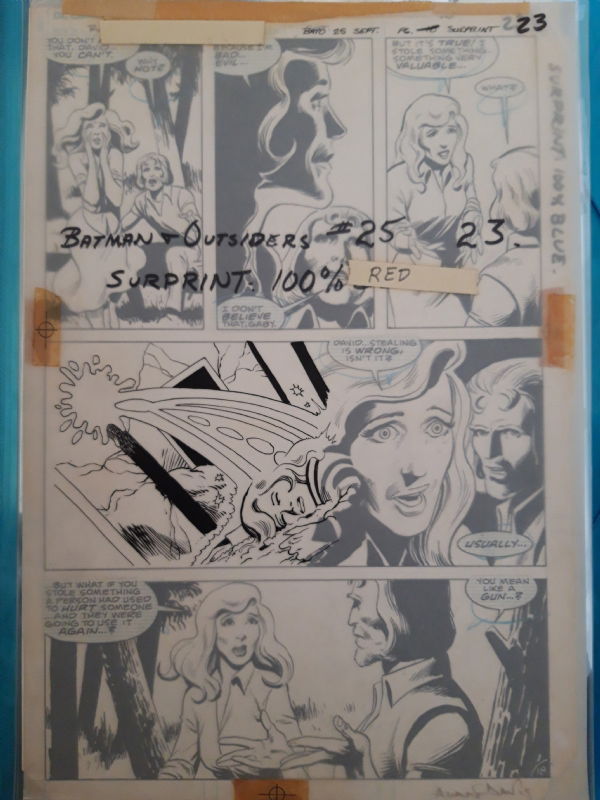


No matter how you view the individual stories, and where they “fit” with Batman’s history, there’s no denying the massive impact they both made, with characterizations, story beats, and individual images from each book being formative to and referenced in Batman stories almost forty years later. There’s plenty of discourse on these books out there already, and I’ve heard it posited from other, better writers than myself that Miller, Klaus Janson, Lynn Varley, and John Costanza’s Batman: The Dark Knight (the original publishing title of The Dark Knight Returns) works much better as an ending for the old to allow “Year One” to usher in something new. House ads are just the coolest, aren’t they?
#Bato comics full#
It’s a beginning and an ending for Batman, as told by the same writer, but are they supposed to represent the same Batman? TDKR pre-dates “Year One” by a full year, so it’s easy to see the former as the “final Batman story” for pre-Crisis Batman much like “Whatever Happened to the Man of Tomorrow?” was the final pre-Crisis Superman tale. To give you just a taste of the single issue treasures of the era, check out Batman #408, which revamped Jason Todd for the modern era Batman #416, where Nightwing and Robin team up and teach each other a thing or two about heroism Batman #424, which is controversial to this day, but was absolutely bold and gutsy in allowing Batman and Robin to come to a head in their reactions to a crime Batman #465, featuring Tim Drake’s first official night on patrol as the new Robin Detective Comics #572, an anniversary issue that finds Batman, Robin, Slam Bradley, Elongated Man, and a surprise guest investigating the same mystery ‘Tec #590, most notable for its incredible cover (an edited version of which serves as this article’s header image), but still a worthwhile tale with Batman in London and ‘Tec #647, which isn’t a single issue story, but it is the first appearance of Stephanie Brown, so it’s well worth mentioning.Įven the extended arcs are strong, though, from “Ten Nights of the Beast” (which is dated, sure, but still a great Batman-centric political thriller), the aforementioned “A Death in the Family” (made stronger by its spiritual successor, “A Lonely Place of Dying”), and the supremely awesome and weird “The Mud Pack.”Īnd then there was a little story titled “Year One” from Frank Miller, David Mazzucchelli, Richmond Lewis, and Todd Klein that came out smack dab in the middle of Max Allan Collins’ tenure (which is generally seen as a low point in the era, and while it doesn’t rise as high as some of the other work from this time, it’s still not that bad), and another little miniseries written by Miller that came to be known as The Dark Knight Returns. That’s all too rare these days, and one of the reasons that I love this era so much.

That stretch of stories alone is enough to make this era noteworthy, but then you look at some of the finer details: this is a time when the “one-and-done” story was commonplace, so you could pick up most issues of any Batman title and get a strong, self-contained story. Seriously, this is the era that revamped Jason Todd’s origin, which led to “A Death in the Family,” which then led to “Year Three” and “A Lonely Place of Dying” introducing Tim Drake, the Best Robin Ever™️. Barr, Jim Aparo, Alan Grant, Norm Breyfogle, Alan Davis. This is the point in time that I consider to be the greatest era of Batman comics to ever be printed, and if you look at the credits for some of the collections linked below, I think you’ll begin to understand why: Jim Starlin, Mike W. Ahh yes, Batman comics just after Crisis on Infinite Earths wrapped.


 0 kommentar(er)
0 kommentar(er)
